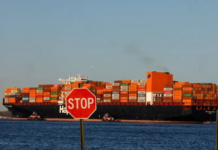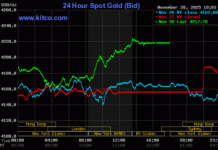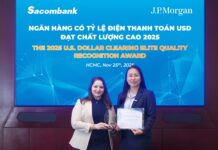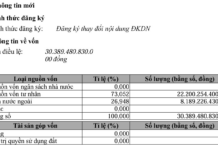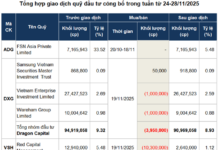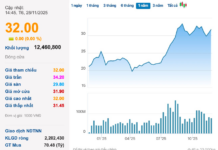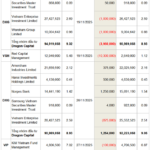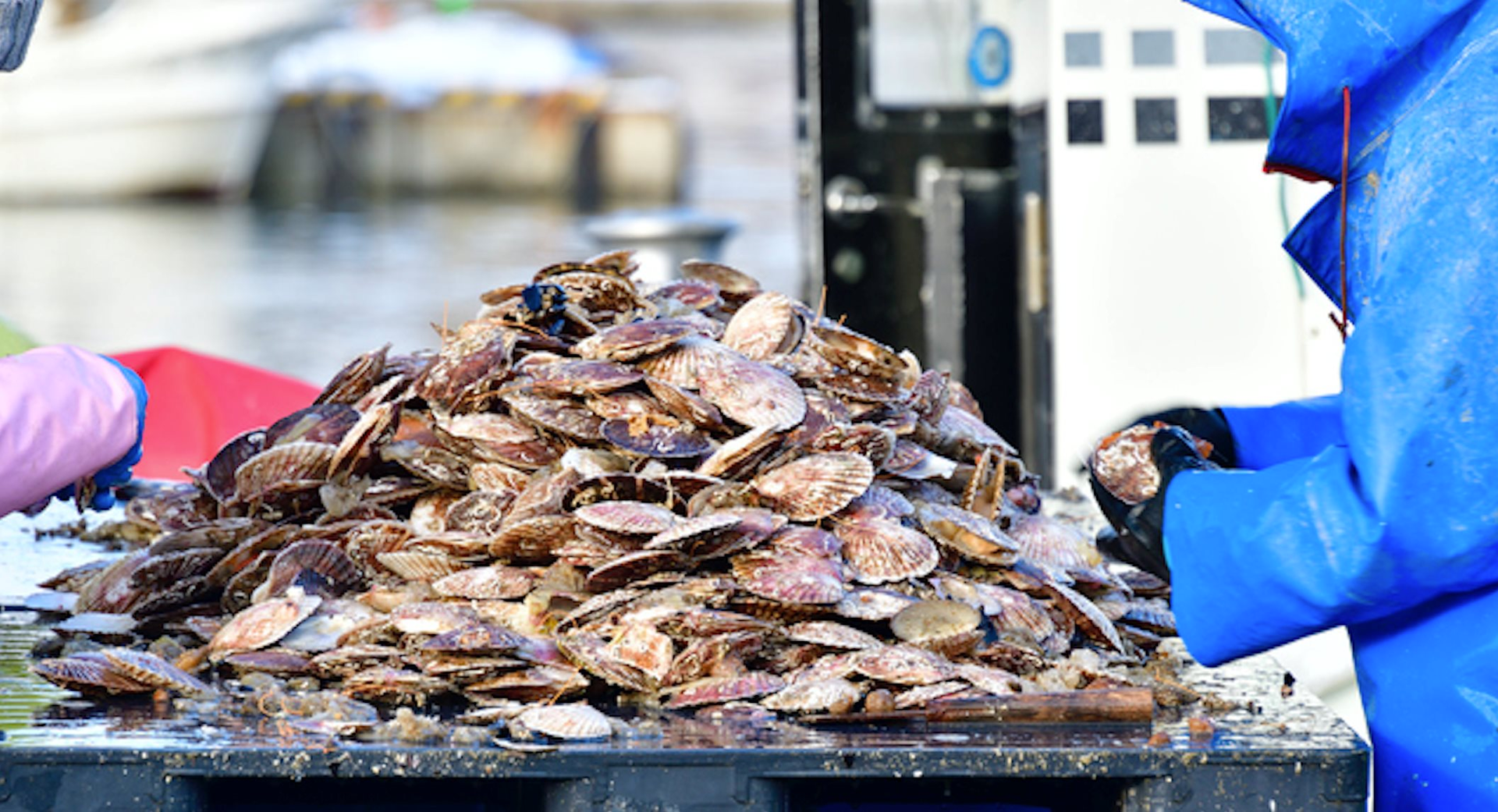
According to the Vietnam Association of Seafood Exporters and Producers (VASEP), in the first five months of the year, Vietnam exported 17.7 million USD worth of mollusks, a 10.6% increase from the previous month. As of the end of May 2024, Vietnam’s mollusk exports reached 63.7 million USD, continuing to rise compared to the same period in 2023. Exports of major product groups such as clams, oysters, snails, and scallops all increased year-on-year.
Specifically, in the first five months of the year, clams had the highest export value among mollusk products, reaching 35 million USD, a 9% increase from the previous year. Other products such as snails and oysters achieved 10 million USD and 7 million USD, respectively, increasing by 18% and 31%. Notably, scallops witnessed the highest growth rate of 42%, reaching 9 million USD.

In recent years, clam farming has become an important livelihood for coastal residents, especially in the Mekong Delta, which is considered the country’s largest “clam hub.” Various clam products, such as brown clams, white clams, and silk clams, are exported in boiled, steamed, and whole forms. Over 20 businesses are engaged in exporting clams to the EU market. Among them, HASUVIMEX, Lenger Seafoods Vietnam, and Minh Dang Co., Ltd. are the top three exporters to this market, accounting for 58% of the country’s total clam exports in the first five months of this year.
Regarding scallops, according to NNA Asia, a news site affiliated with Japan’s Kyodo News agency, previously, nearly 30% of Japan’s scallop production was exported to China. Some of this volume was then processed and exported to other countries, including the United States.
In August 2023, following the release of treated wastewater from the TEPCO Fukushima Daiichi nuclear power plant into the sea, China completely halted imports of Japanese seafood. Consequently, Japan’s seafood industry had to seek alternative export and processing markets. Vietnam emerged as a promising destination due to its low labor costs, extensive experience in seafood processing, and minimal barriers in the export processing sector.
Thus, at the beginning of this year, 12 seafood processing and trading companies from Hokkaido (a prominent scallop-producing region) visited Vietnamese seafood processing factories to explore collaboration opportunities.
VASEP attributes the market growth to several factors, including the rising demand for bivalves as a whole food source. Additionally, the demand for mollusks in the EU market is showing signs of recovery following inflation. As a result, the opportunity to boost exports of Vietnamese mollusks is expected to increase, provided that Vietnam can secure sufficient raw materials.
Vietnam currently has over 41,500 hectares of mollusk farms (mainly bivalves) with an annual production of approximately 265,000 tons, of which clams (ark shells) account for 179,000 tons. The mollusk industry value chain provides employment for about 200,000 workers.




